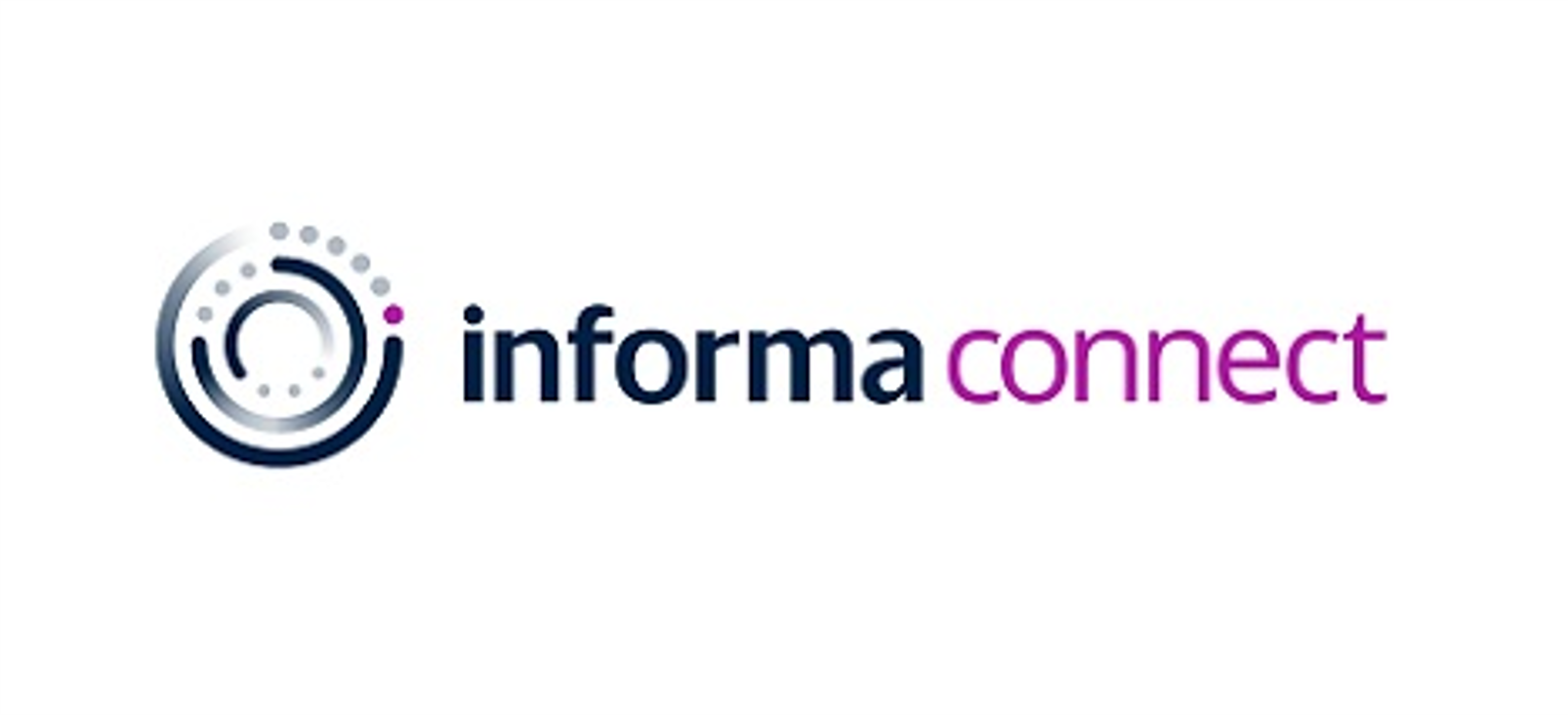If the answer to both is no then you likely haven’t wandered into the incredibly exciting but potentially baffling world of Non Fungible Tokens or NFTs. Based on blockchain and bought and sold for cryptocurrency like the aforementioned Ethereum, NFTs have exploded in 2021. They aren’t necessarily new (the infamous CryptoPunks launched In 2017 and are now traded for hundreds of thousands of dollars) but in the post-pandemic world, more and more people are opening their minds to the concept of digital asset ownership.
Before we go any further, I guess I need to address the elephant in the room –what on earth is an NFT exactly? Essentially an NFT is a unit of data stored on a blockchain, that certifies a digital asset to be unique and therefore not interchangeable. This is key and the root of the “non-fungible” part of the name. If you had a 10aed note you could switch it for two 5aed notes and you would have the exact same value. This is because bank notes are fungible tokens. However if you own an original Picasso it is unique and thus uniquely valuable. I can print a copy, take a photo of it or even paint my own version – but it will never be the same and never hold the same value. The problem is that in the physical world, identifying authenticity can be a tricky beast. Just look at one of the most popular collectibles of all time – trading cards. Some of the rarer ones are super expensive – but also relatively easy to copy or forge. Blockchain technology makes this impossible so whether your NFT is a photo, a GIF or a video, once it is minted on the blockchain, its authenticity and ownership is carved in digital stone.
I have gone down a serious NFT rabbit hole in the last couple of months alongside my good friend and fellow UAE-based educator Dr Jeremy Williams. We started with NBA Topshot as we are both basketball fans but that quickly ballooned into something far more broad and encompassing as we began trading various types of NFTs and watching sales go through the roof. For context – we both now have completely separate Twitter accounts, solely focused on the NFT space because it moves SO quickly and it started to dominate our core Education streams! Jeremy has even launched his own NFT-themed podcast NFTeach which you can listen to here.
I’ve also been collaborating with my young VR art protégé Yasmeen, who some of you may remember performed live at GESS 2020. I showed Yasmeen the NFT space and suggested she try launching her own collection. She decided she wanted to draw teacup characters and thus her NFTeacups were born. A month later and three of her NFTs were bought by multimillionaire entrepreneur Gary Vee (one of the original investors in the likes of Twitter and Facebook and a major force in the NFT space). A couple of months later and the whole project is sold out, netting her around $8000 and remember – she’s only 12!
So how does this relate to education? Probably in more ways than you realise as blockchain will ultimately replace the cloud as the receptacle for all forms of contracts, records and long-term documentation. Here are 3 key ways I think that NFTs will impact and ultimately disrupt the education sector:
1. How we share student artwork
This is the obvious one I guess but it really will change the world of student art – as evidenced by Yasmeen’s success alone. Schools (and students themselves) now have the ability to sell their digital art as NFTs to a global audience that is eager to support new artists and content creators. Not only does this empower young content creators, but it can help them develop entrepreneurial skills and build and understanding of marketing, PR and cryptocurrency. It’s also worth bearing in mind that an NFT can take many forms, including music – this is not just a space for the Art Department
2. How we store and share student records
Blockchain means that documents can be stored, and changes tracked with ease. It’s almost inevitable that permanent student records end up on chain as some form of NFT that can easily be transferred to different schools and viewed at any time by anyone that needs access. No more loss or information or waiting for data. It’s there and it’s accessible.
3. Exam results and other achievements
Storing official certifications on chain is not only inevitable, it’s essential. If examining bodies and institutions stored copies of exam results, degrees and other achievements on chain, they would always be provable as the original, genuine source. Digital badge company Credly have already begun to leverage blockchain technology for this exact reason. Professionals can place their digital badges onto LinkedIn and anyone viewing their profile can verify the authenticity of the provider. Mark my words - all University degrees will be soon be deployed on chain, and probably sooner than you think.


